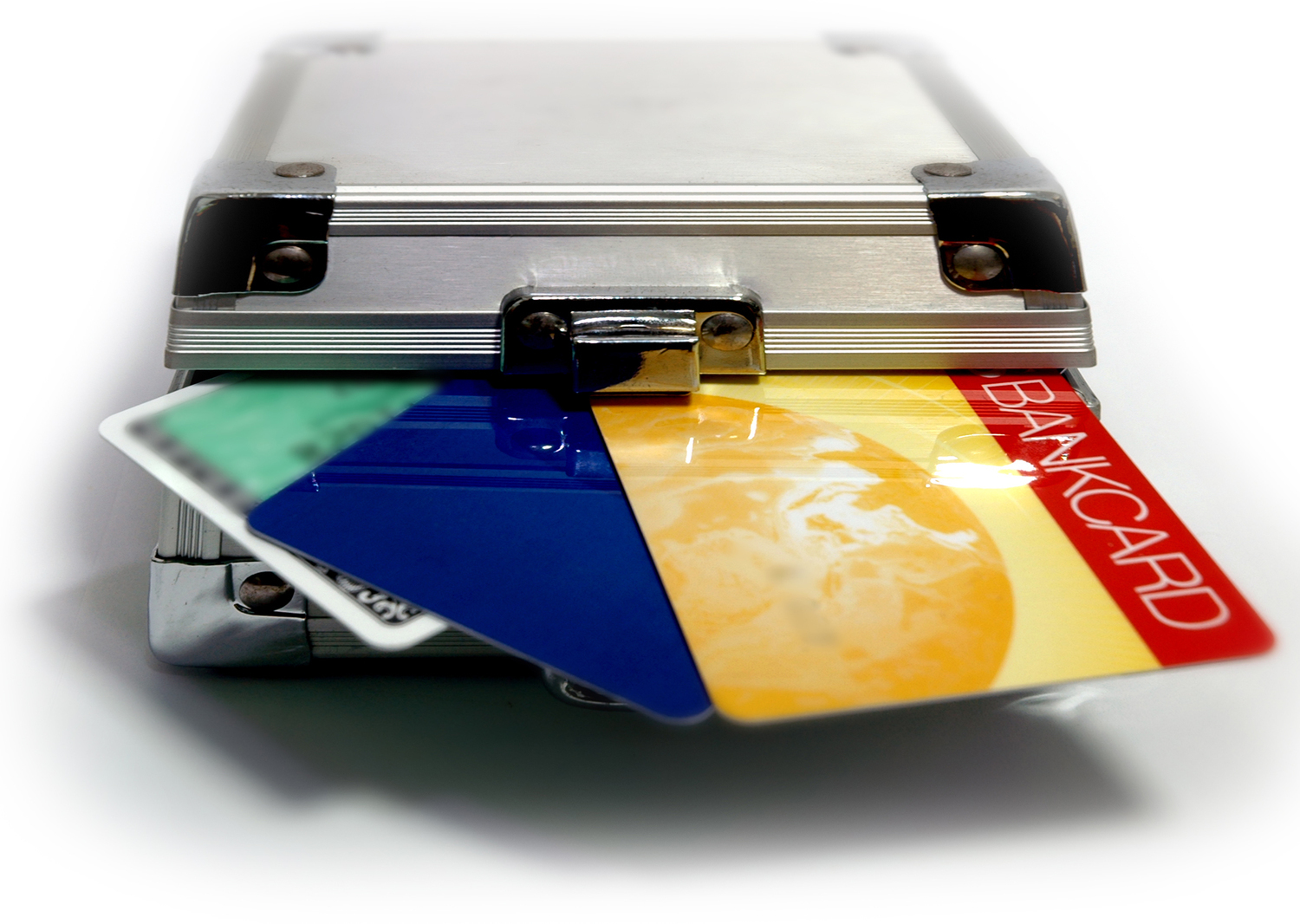Tips for Securely Activating Your Bank Card

In the modern era of digital banking, activating your bank card is an essential step that allows you to access funds and take full advantage of banking services. However, with the increasing prevalence of cybercrime and identity theft, it is crucial to follow best practices for securely activating your bank card. This guide provides comprehensive, safe, and practical tips to ensure your bank card activation process is both smooth and secure.
1. Receive Your Bank Card Securely
The first step in securely activating your bank card is to ensure that you receive the card securely. Most banks use reliable postal services to send out bank cards. Once you receive the card, inspect the envelope to ensure it hasn’t been tampered with. If you suspect it has been opened or altered, contact your bank immediately for a replacement card.
2. Use Secure Communication Channels
When you are ready to activate your bank card, always use secure and official communication channels. Banks typically provide several methods for card activation, including:
– Automated Phone Service: This involves calling a designated toll-free number and following voice prompts to activate your card.
– Online Banking Portal: Log into your online banking account through your bank’s official website and complete the activation process.
– Bank’s Mobile App: Use your bank’s mobile application, ensuring it is downloaded from a reputable source like the Apple App Store or Google Play Store.
– In-Person Activation: Visit your bank’s branch, where a bank representative can assist you with the activation.
Ensure that the phone numbers and web addresses you use are correct and directly associated with your bank to prevent falling victim to phishing scams.
3. Protect Personal Information
Your personal information is the key to your financial security. During the activation process, you may be asked to verify certain personal details. Be vigilant:
– Never Share PINs or Passwords: Even bank representatives should not ask for your PIN or online banking password.
– Use Strong, Unique Passwords: If you need to create an online banking password, choose a combination of letters, numbers, and special characters that are at least 12 characters long.
– Verify Calls and Emails: If you receive a call or email asking for personal information, verify the authenticity by contacting your bank directly using official channels.
4. Secure Your Devices
If you are activating your card online or through a mobile app, ensure your devices are secure:
– Update Software Regularly: Keep your operating system, browsers, and any banking apps updated to protect against the latest security vulnerabilities.
– Use Anti-Virus Software: Install reputable anti-virus programs to protect your computer and mobile devices from malware and other threats.
– Avoid Public Wi-Fi: Activate your card over a secure, private internet connection. Public Wi-Fi networks are prone to security breaches and should be avoided for sensitive transactions.
5. Monitor Your Account Regularly
After activating your bank card, regularly monitor your account for any suspicious activity. Quick detection is crucial in mitigating potential fraud:
– Set Up Account Alerts: Use your bank’s alert features to receive notifications about transactions and account changes.
– Review Statements: Regularly review your bank statements for unauthorized transactions.
6. Promptly Report Lost or Stolen Cards
If your card is lost or stolen after activation, report it to your bank immediately. Most banks have 24-hour hotlines for lost or stolen cards. Prompt reporting can prevent unauthorized access to your funds.
7. Safeguard Your PIN
Once your card is activated, safeguard your PIN to prevent unauthorized access:
– Memorize Your PIN: Do not write it down. If you must record it, use a coded format that only you understand.
– Change Your PIN Regularly: Changing your PIN periodically can help enhance security.
– Cover Keypads: When entering your PIN at ATMs or point-of-sale terminals, shield the keypad with your hand to prevent shoulder surfing.
8. Be Aware of Scams
Always be vigilant about potential scams targeting bank card holders:
– Phishing Emails and Text Messages: Be wary of emails or text messages requesting personal information or urging immediate action. Verify their legitimacy by contacting your bank directly.
– Fake Websites: Ensure you are on the bank’s official website by checking the URL for HTTPS and the correct domain.
9. Educate Yourself About Security Practices
Stay informed about the latest cybersecurity practices and scams affecting bank card holders. Many banks offer resources and tips on their websites. Regularly educating yourself can help you stay ahead of potential threats.
Activating your bank card securely is a critical step in protecting your finances and identity. By receiving your card securely, using official communication channels, protecting your personal information, securing your devices, monitoring your account, safeguarding your PIN, and staying aware of scams, you can ensure a smooth and secure activation process. Remember, vigilance and proactive measures are your best defenses against financial fraud.
By following these guidelines, you can activate and use your bank card with confidence, enjoying the benefits of your banking services without compromising your security.

